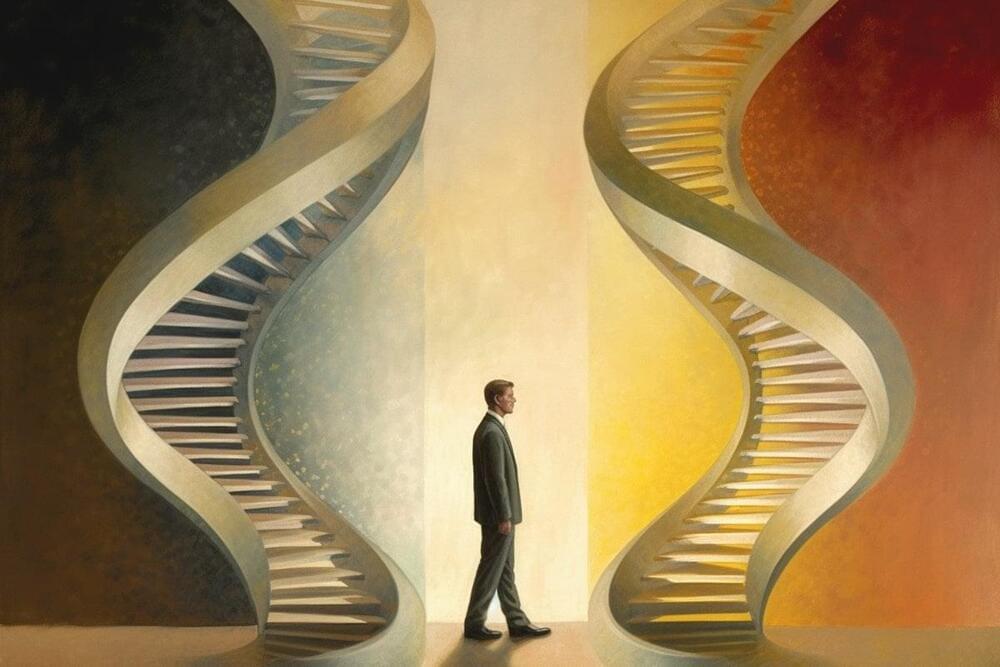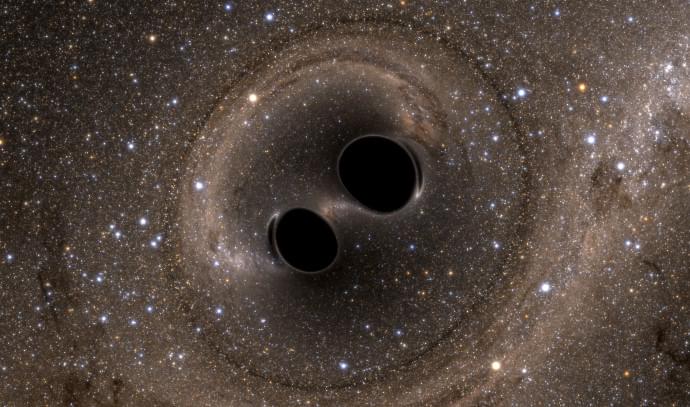The benefits of smart cities will only be realised when digital infrastructures can cope, says Neil Cresswell, VIRTUS Data Centres. What’s the role of next-generation data centres?



Summary: A novel study uncovers a peculiar pattern of decision-making in mice, influenced by a specific gene named Arc.
While searching for food, mice repeatedly visited an empty location instead of staying at a site abundant in food. However, mice lacking the Arc gene demonstrated a more practical approach, sticking with the food-rich site, thereby consuming more calories overall.
This unique research potentially opens the door for a new field, ‘decision genetics’, investigating the genetic influence on decision-making, possibly even in humans.



In December 2022, founder Elon Musk gave an update on his other, other company, the brain implant startup Neuralink. As early as 2020, the company had been saying it was close to starting clinical trials of the implants, but the December update suggested those were still six months away. This time, it seems that the company was correct, as it now claims that the Food and Drug Administration (FDA) has given its approval for the start of human testing.
Neuralink is not ready to start recruiting test subjects, and there are no details about what the trials will entail. Searching the ClinicalTrials.gov database for “Neuralink” also turns up nothing. Typically, the initial trials are small and focused entirely on safety rather than effectiveness. Given that Neuralink is developing both brain implants and a surgical robot to do the implanting, there will be a lot that needs testing.
It’s likely that these will focus on the implants first, given that other implants have already been tested in humans, whereas an equivalent surgical robot has not.
Learn more about Dr. Hugo De Garis.
https://www.imdb.com/name/nm2433396/
CANADIAN PREPPERS SURVIVAL SUPERSTORE! Use discount code SURVIVALPREPPER for 10% off / Premium Survival/ Emergency Equipment.
https://canadianpreparedness.com/
GET EMERGENCY PRESCRIPTION MEDS AND ANTIBIOTICS (affiliate link)
https://jasemedical.com?rstr=4467
GET BODY ARMOR use coupon code ‘prepper’ for 10% off.
https://premierbodyarmor.com/prepper.
GET WHOLESALE FREEZEDRIED FOOD (World reknown quality) USE DISCOUNT CODE ‘CanadianPrepper’
https://tinyurl.com/nhhtddh6
GET GOLD AND SILVER FROM A VETTED REPUTABLE COMPANY (affiliate links)

A group of computer scientists from the University of Toronto wants to make it easier to film how-to videos.
The team of researchers have developed Stargazer, an interactive camera robot that helps university instructors and other content creators create engaging tutorial videos demonstrating physical skills.
For those without access to a cameraperson, Stargazer can capture dynamic instructional videos and address the constraints of working with static cameras.

